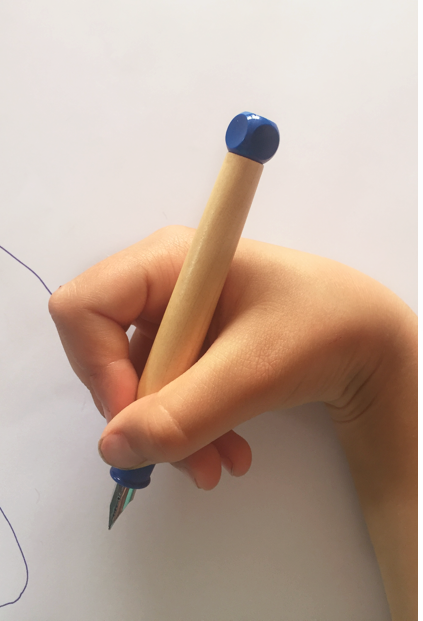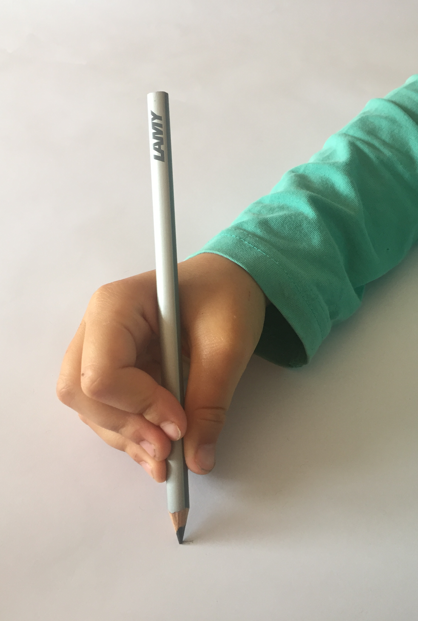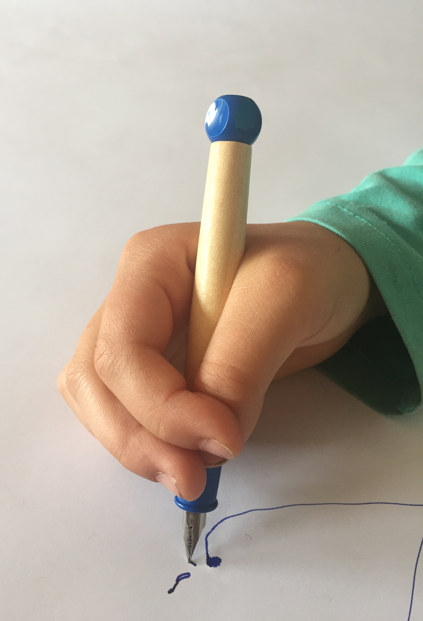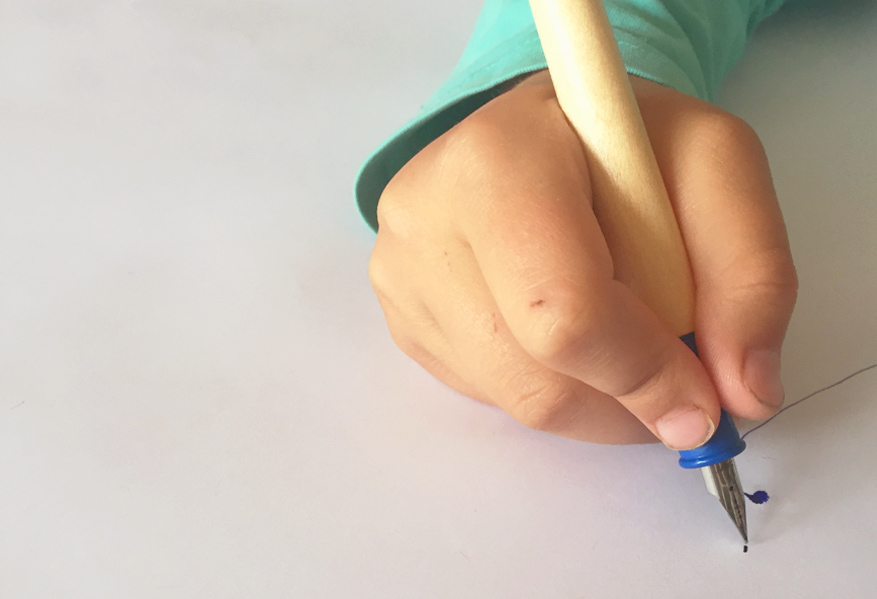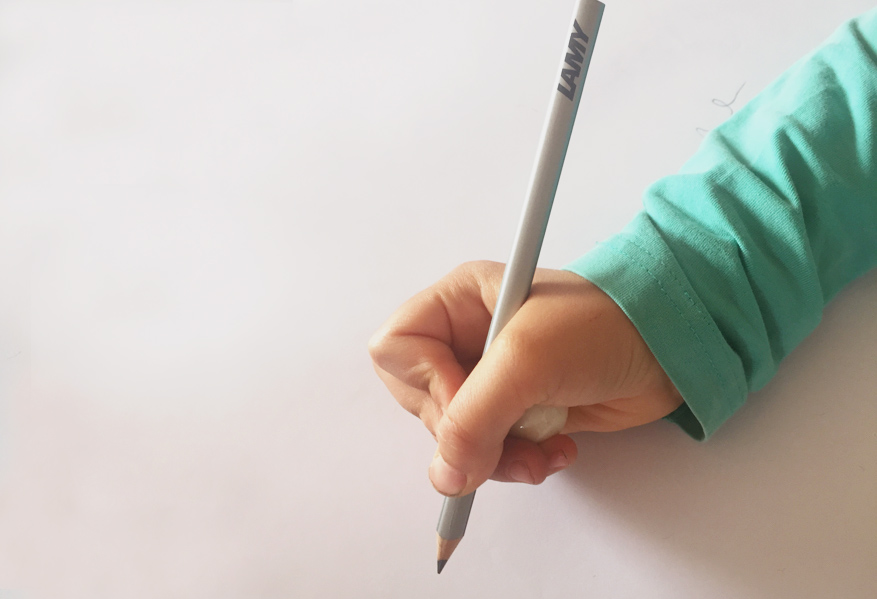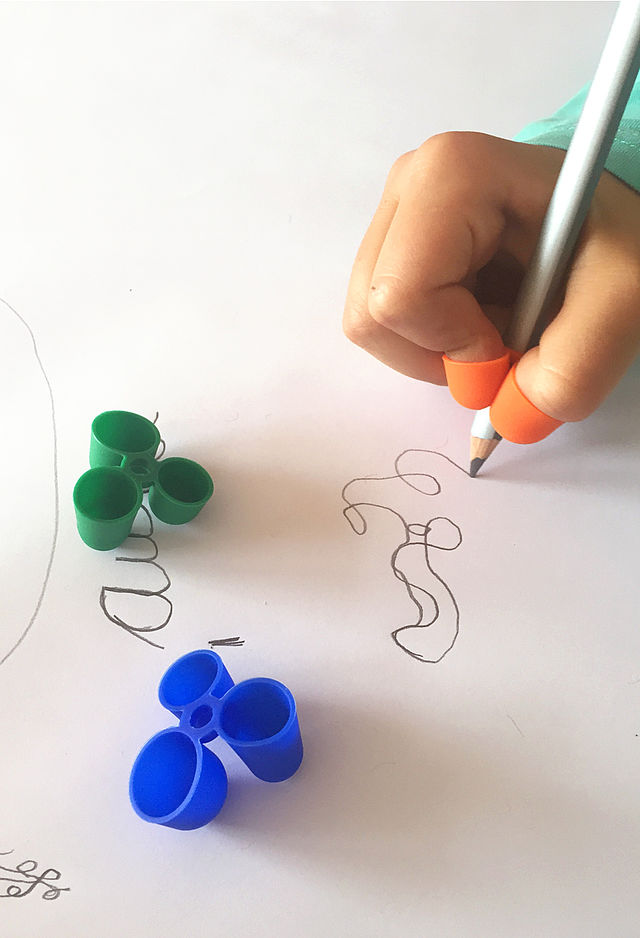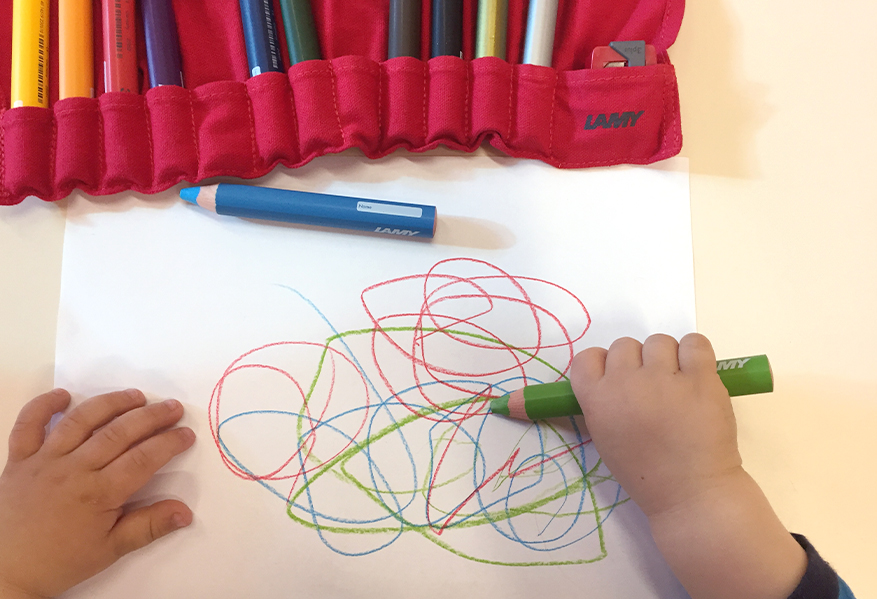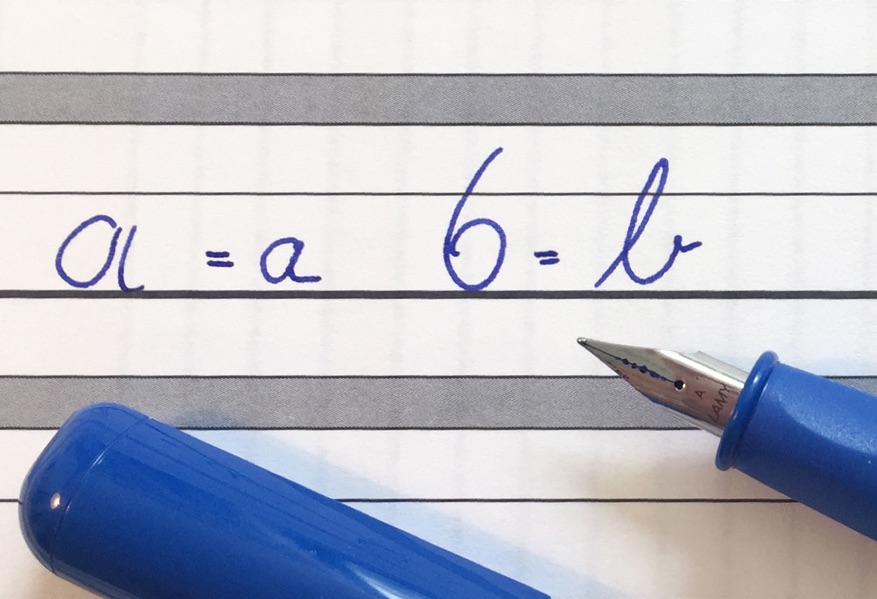What writing means to us
Text and image: Astrid Frevel, Lecturer in Ergotherapy
When we write, the structure in our brain changes; it is "trained" and learns. It is constantly evolving, so to speak. If we, whether child or adult, want to remember something, we write it down by hand.
For students, writing also means learning. They acquire the written language and understand the letters and the words when writing.
The correct way to hold a pen
How can I teach the schoolchild the right way to hold a pen? Is there a right way to hold a pen? How is the way we hold a pen economical and what are the variations?
What basic requirements are important for a good pen hold? Writing is a graphomotoric skill, i.e. a fine motor skill. Good graphomotor skills allow relaxed and fluent writing.
How important is economic pen holding?
Let's start with sitting. You should be relaxed and upright in an adequate trunk posture when starting to write. Tight shoulders or excessive bending of the torso with the head on the table are unfavourable for a good and healthy posture. The forearm and wrist are on the table.
The non-writing hand is also on the table and can hold the notebook. The writing should not require too much force; if the child pushes firmly on the desk pad or holds the pen tightly, then the hand becomes tired quickly.
Writing with the entire arm and keeping the wrist stiff will result in pain that spreads to the arm and shoulder-neck region. In addition, writing speed and writing endurance are reduced, making the lines unclear and reducing the ability to read the handwriting.
Here are some examples of difficult ways of holding a pen that will adversely affect the flow of writing and the speed. The writing is often difficult to read and, during writing, the child sometimes cannot see what they are writing.
- Paw grip: The index finger covers the thumb instead of resting on the pen.
- Cramped grip: The pen lies on the fingers and is guided with the thumb.
- The thumb is on one side whilst the index and middle finger are on the other side.
- The thumb grips above the index finger.
- The index and middle finger grip above the thumb.
- The whole hand is arched like a fist around the pen. The thumb is usually on the opposite side and holding against it.
- Fist grip: Pen is held with the whole fist
The right way to hold a pen
There is an optimal writing posture, but there is not the "one" correct writing posture. Many variations are possible. It is important that the beginner learns to write economically, easily and fluently with a relaxed pen hold from the start. Therefore, it is appropriate even at kindergarten age to teach children the three-point grip so that they can learn this pen hold for themselves. The thumb and forefinger grip the pen, which is placed on the front part of the middle finger. The thumb and forefinger guide the pen.
The longer a child has written in a strained pen hold, the longer it takes to correct the pen hold. From the age of 6, it is very difficult to correct and change the pen hold.
If the pen hold should be changed, then permanently use and apply the new pen hold. There are a few tricks to help learn the correct way to hold a pen.
Exercises for good pen holding
In general, all fine motor exercises help and support to develop a well-adapted application of force. These include: threading beads, kneading, baking, gluing, cutting, crocheting, paper folding.
More exercises for good and differentiated finger movement:
Pen walking
The finger tips hold the pen, the thumb is opposite the other fingers. Now your fingers walk the pen from bottom to top and vice versa. It is best to use both hands simultaneously, then the other hand cannot be used to help.
Pen holding exercises
Bead exercise: Bead has approx. 10 cm diameter
Aids for achieving the correct way to hold a pen:
- Thicker pens
- Triangular pencils (try out hard or soft leads)
- Attachments for the fingers
Please always make sure that the pen is not held too far down or up. For this, you can mark the area with tape.
